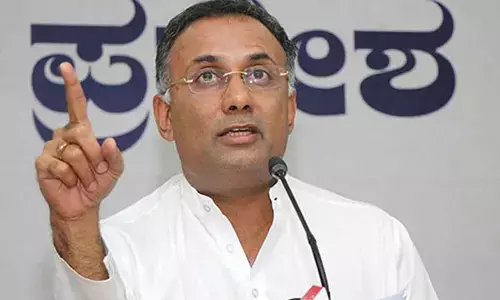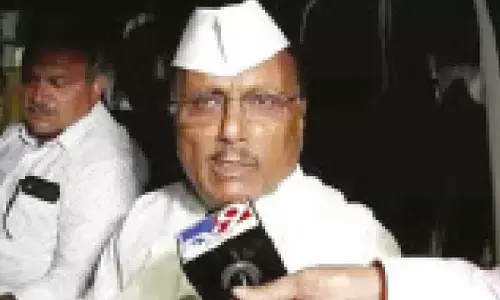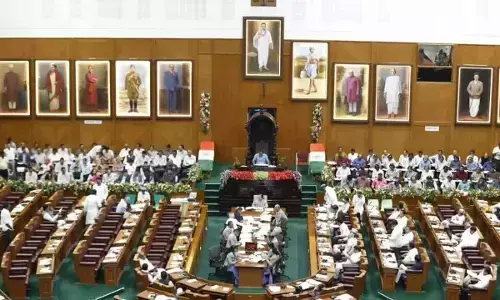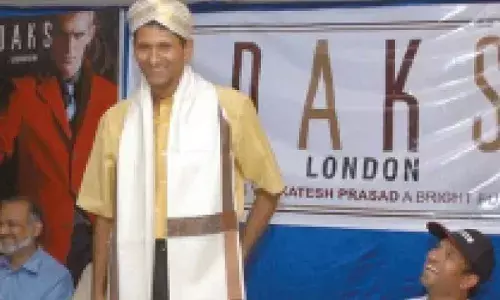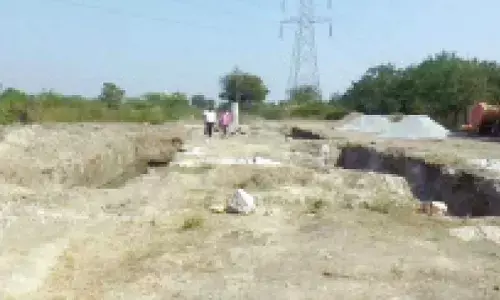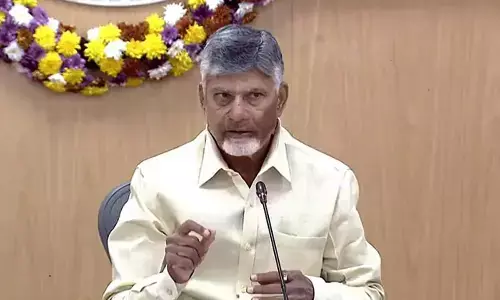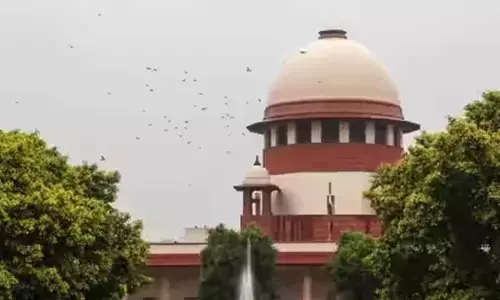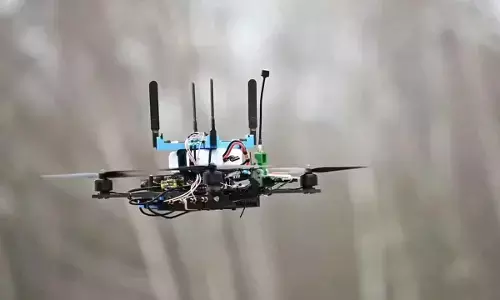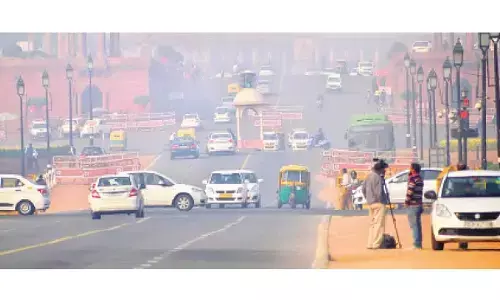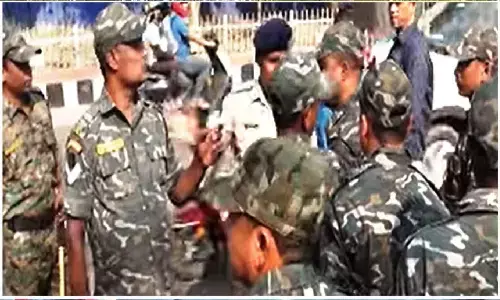Former ISRO chairman U R Rao's key role in realising early stages of Aditya-L1 mission recalled
Share :
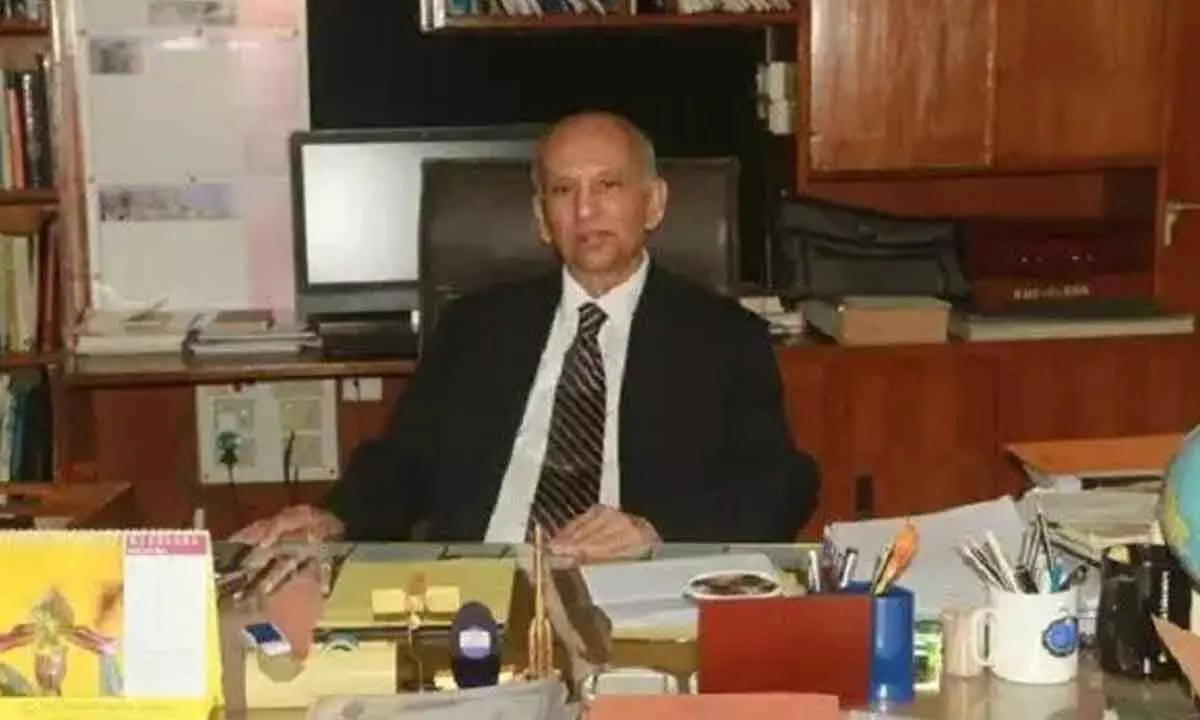
Bengaluru: With the successful launch of India's ambitious solar mission Aditya-L1, former ISRO chief Prof U R Rao's dream and contribution towards its realisation at the initial stages was fondly remembered. According to ISRO, Prof. Rao, affectionately called the father of India's satellite programme, was particularly excited about the Aditya mission and he ensured that it went through a thorough revamp of its mission objectives including its orbital parameters to make the expedition more meaningful and contemporary. Thanks to Prof. Rao, Aditya-L1 will become the first mission from India to be placed in the Lagrange Point, L1, one of the liberation points in orbital configuration situated 1.5 million kilometres from the Earth, where a satellite upon placing will have the same angular velocity as that of the Earth with respect to Sun and hence, maintain the same position in relation to the Sun as seen from Earth, a tribute to Prof. Rao on ISRO's website states.
The launch of Aditya-L1 by PSLV-C57 launch vehicle was successfully accomplished by ISRO on Saturday. The vehicle has now placed the satellite precisely into its intended orbit, from where it would be proceeding on its journey towards its destination of Sun-Earth L1 point on a 125-day voyage. The spacecraft will be finally placed in a halo orbit around the Lagrange Point 1 (L1) of the Sun-Earth system. A satellite placed in the halo orbit around the L1 point has the major advantage of continuously viewing the Sun without any occultation or eclipses. This will provide a greater advantage of observing the solar activities and its effect on space weather in real time.
Speaking after the successful launch, Adity-L1 Project Director Nigar Shaji made special mention of U R Rao. "At this juncture, I would like to remember Prof. U R Rao, who sowed the seed for this mission," she remarked. Professor Jagdev Singh of Indian Institute of Astrophysics (IIA), which built the Visible Emission Line Coronagraph (VELC) -- the primary payload of Aditya L1 -- recalled the role played by Rao in determining L1 as the destination for the mission.
"ISRO first provided us (IIA) a smaller platform of 50 cm... Later on, when we were halfway through making the payload, at that time the idea came that if we want to study the Sun 24 hours a day and 365 days a year, when we go to the low earth orbit and put the satellite in the polar orbit, then there will be some windows when the Sun gets eclipsed and we cannot observe the Sun in the low earth orbit. So then ISRO, especially Prof U R Rao, suggested instead of low earth orbit, we can go to L1," he said. With the plan to position the spacecraft in L1, along with VELC another six payloads were added, and the satellite became much bigger and the mission too became larger, he added.
VELC is an internally occulted coronagraph with 40 different optical elements (mirrors, gratings, etc.) inside it that are aligned precisely. The atmosphere of the Sun, the corona, is what we see during a total solar eclipse. A coronagraph like the VELC is an instrument that cuts out the light from the disk of the Sun, and can thus image the much fainter corona at all times.
There were many scientific issues that were attracting Prof. Rao's attention like studying the Sun's chromosphere, the transition region, the corona and its heating problem, according to ISRO "it is rather unfortunate that he could not live to see the realisation of his pet mission." Rao, who was ISRO chairman between 1984-1994, passed away aged 85 in 2017. He was conferred the Padma Vibhushan the same year.

